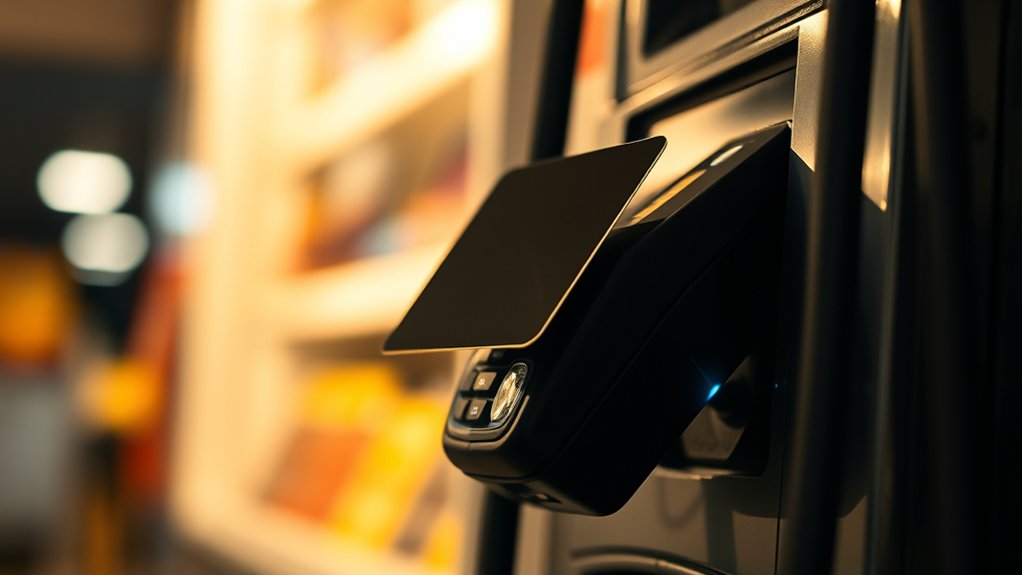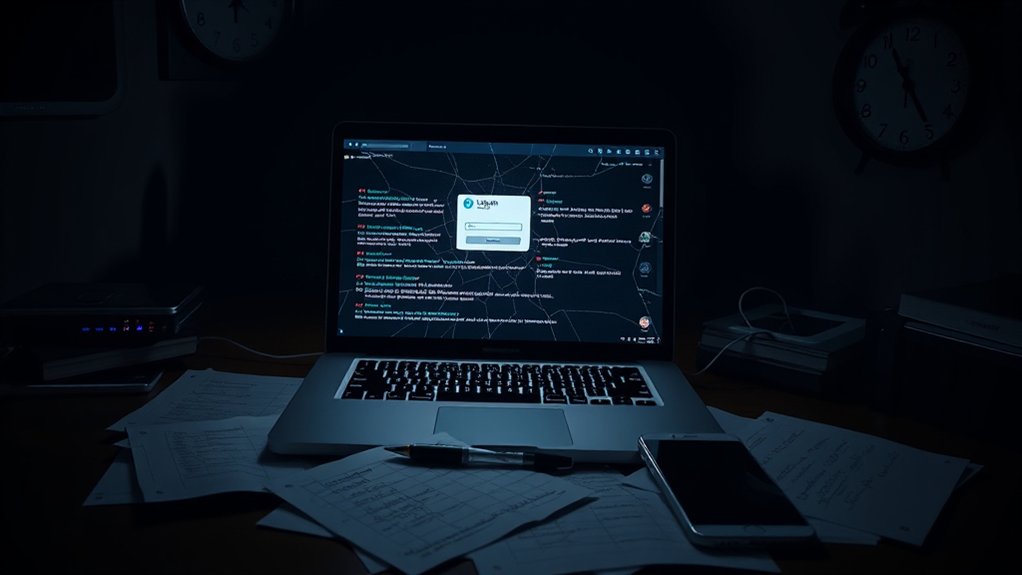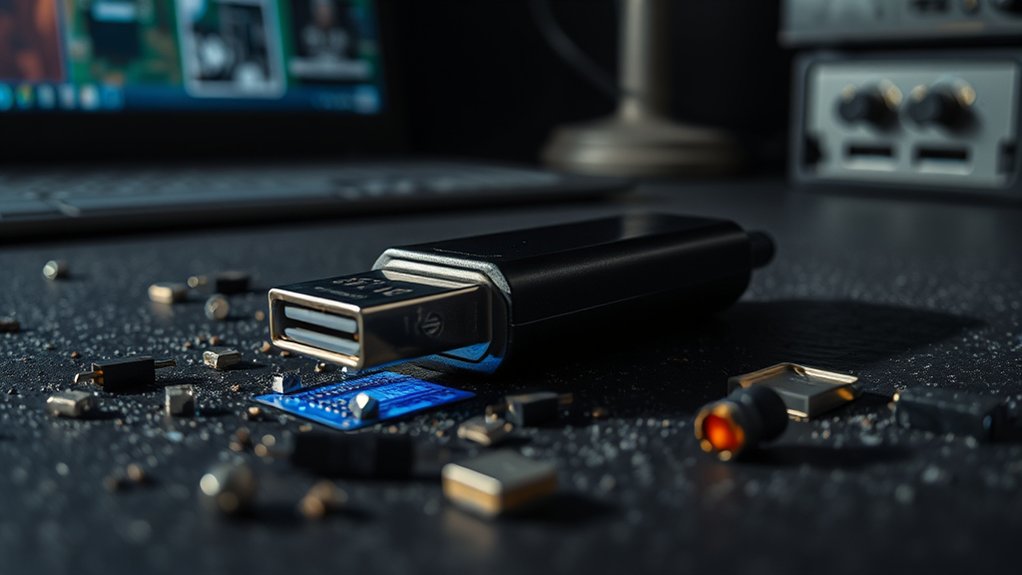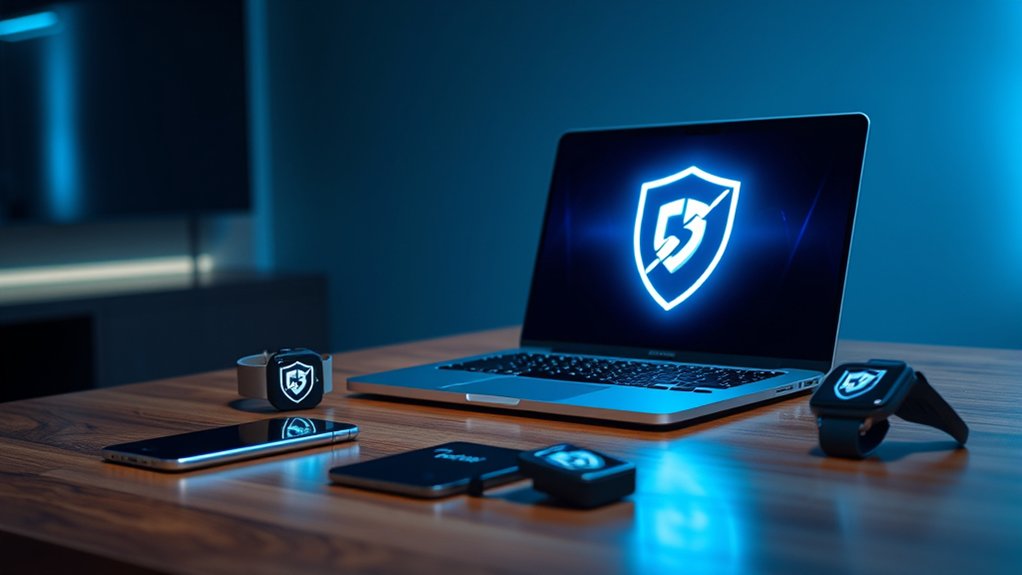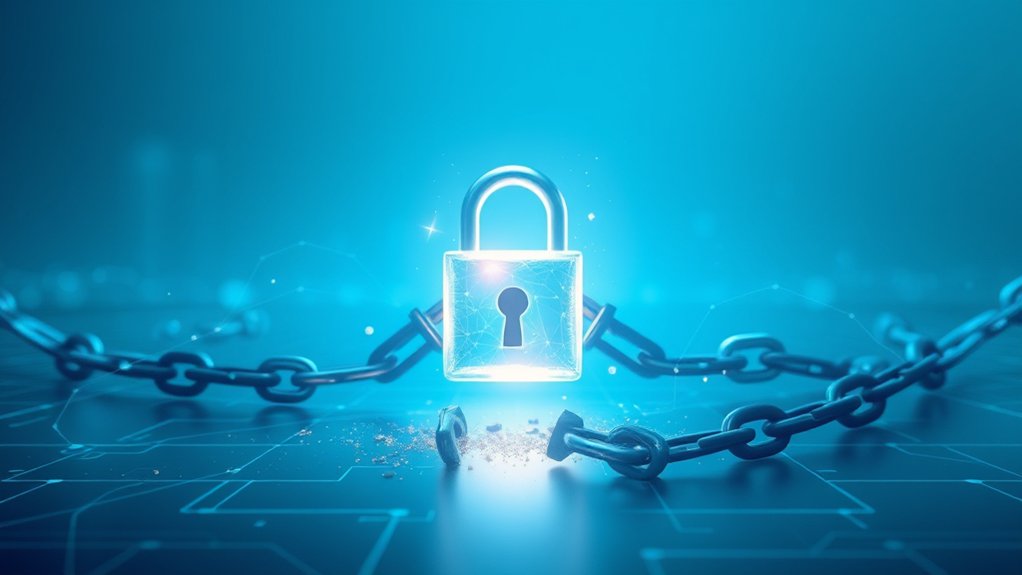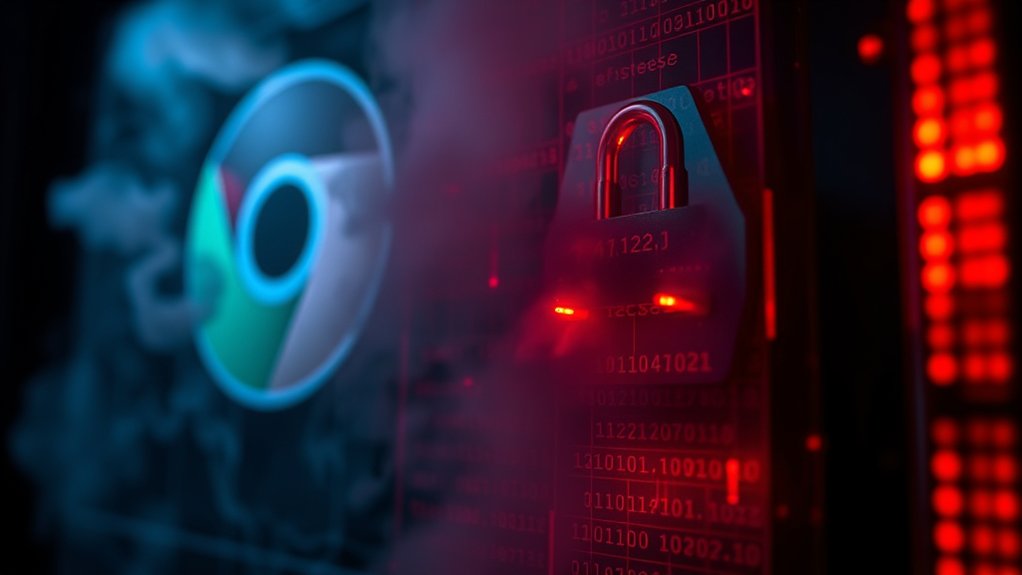A skimmer is a covert device designed to capture credit and debit card information without user consent. Typically, these devices collect critical data, such as card numbers and expiration dates. Commonly found at ATMs, gas pumps, and self-checkout terminals, skimmers operate efficiently because of minimal surveillance in these locations. This unauthorized data access can lead to significant financial losses, identity theft, and long-lasting repercussions for victims. Understanding these devices’ mechanisms reveals the importance of vigilance in securing personal information.
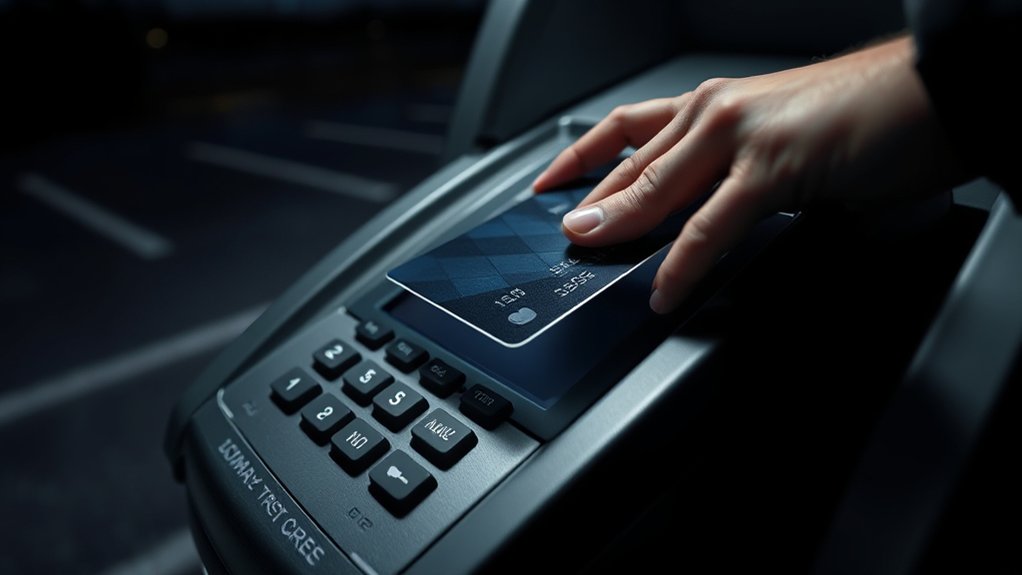
How can individuals effectively protect themselves from compromised financial security? Skimming, a form of credit and debit card fraud, considerably threatens users’ financial stability. Skimmers are devices designed to capture card information without consumers’ consent. There are multiple types of skimmers, including overlay skimmers, internal skimmers, and wireless skimmers.
Overlay skimmers are discreetly placed over card readers, creating challenges in detection. Conversely, internal skimmers are hidden within the card reader itself, while wireless skimmers utilize Bluetooth technology to transmit stolen data remotely, leaving no visible trace.
Skimmers capture critical data, which includes card numbers, expiration dates, and occasionally cardholder names. For example, some criminals employ hidden cameras to record personal identification numbers (PINs) as users enter them. Common locations for skimming incidents include ATMs, gas pumps, self-checkout terminals, and retail points of sale. Such environments often lack supervision, making them appealing targets for criminals. Credit card skimmers can also gather data from multiple cards until it is collected by thieves. The financial and reputational risks associated with skimming extend beyond financial loss; stolen card data may lead to unauthorized purchases and, in some cases, identity theft. Skimming can likewise have detrimental effects on businesses; a breach can seriously damage a company’s reputation, leading to loss of customer trust.
Victims may even face legal challenges stemming from fraudulent activities linked to their compromised information. To mitigate risks, individuals should adopt several practical measures. Regularly inspecting payment terminals for signs of tampering is crucial, as is favoring secure, chip-enabled cards.
Vigilance in monitoring financial accounts for any suspicious activity further strengthens personal defenses against skimmers. Moreover, reports suggest avoiding isolated or poorly lit payment terminals minimizes exposure to fraud.
Frequently Asked Questions
Can Skimmers Be Detected by Security Apps?
Skimmers can truly be detected by security apps. Several applications, such as Bluetana and ATM Skimmer Detector, utilize Bluetooth signals to identify these devices without needing physical access.
These tools offer quick detection, often within seconds, making them more efficient than traditional manual inspections.
Nevertheless, it is crucial to note that not all skimmers may be detectable, particularly the more sophisticated models, highlighting the ongoing challenges in combating this security threat.
What Devices Are Commonly Targeted by Skimmers?
Skimmers frequently target ATMs, gas pumps, and point-of-sale (POS) systems.
According to industry reports, over 30% of card data breaches occur at these locations, where skimmers can operate undetected.
At ATMs, they often blend into the machine, whereas at gas stations, they exploit isolated spots.
POS systems remain vulnerable, with skimmers installed over legitimate readers.
Criminals thrive in these environments, highlighting the urgent need for improved security measures and consumer awareness.
How Do Skimmers Affect Online Transactions?
Skimmers greatly undermine online transaction security by stealthily harvesting sensitive payment information.
In 2022, nearly three-quarters of publicly disclosed breaches involved digital skimming. They often infiltrate e-commerce sites through compromised software, using malicious code to capture card details during checkout.
As a result, card numbers, CVC codes, and personally identifiable information are vulnerable, leading to financial loss, identity theft, and detrimental effects on business reputations.
Mitigation strategies focus on enhancing security protocols and consumer awareness.
Are Physical Skimmers Still a Significant Threat?
Physical skimmers remain a significant threat, as their sophisticated design continues to evade detection.
According to industry reports, skimming incidents increased by 25% in 2022, with victims facing average losses of $1,200 each.
Financial institutions are enhancing security measures, yet expert analyses indicate that continuous consumer vigilance is vital.
Regular inspections of payment devices and usage of advanced payment technologies are recommended strategies to mitigate this persistent risk.
Consumer awareness remains fundamental in combating this threat.
Can Credit Card Companies Help if I’M Compromised?
Credit card companies provide thorough support in the event of a security compromise. Their zero-liability policies protect consumers from unauthorized transactions, ensuring they bear no financial loss if reported quickly, typically within 30 days.
Further, many issuers employ advanced fraud detection technologies, like two-factor authentication and real-time alerts, enhancing security.
Moreover, they offer services to help monitor accounts for suspicious activity, demonstrating a commitment to safeguarding customers’ financial interests effectively.
